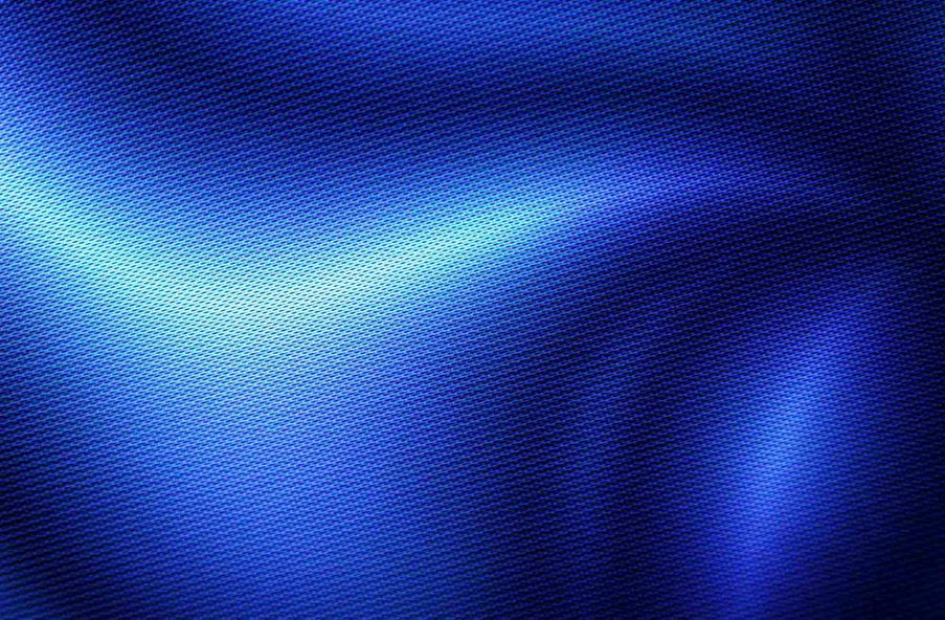News & Blog

Roll-Up Screens Could Be With Us by 2017
By Francis West on 13th July 2016
Imagine being able to roll up the screen (display) on your tablet or even to fold that tablet up into something the size of a smartphone. Prototype versions of folding and rolling displays are already here and technology commentators believe we could be using them as early as next year.
This Year
Back in January this year at the Consumer Electronics Show LG displayed an 18-inch prototype screen that could be rolled up just like a piece of paper. The prototype was an example of LG’s investment in and work with OLED, a light-emitting diode that contains thin flexible sheets of an organic electroluminescent material.
OLED
OLED is widely considered to be the successor to LED technology and one of its big advantages is that there is no need for a lighting back panel on the screen / display, and the lighting source used is very small. This means that OLED screens can be thinner, smaller and more power efficient.
Other Advantages
As well as enabling small foldable / rollable screens OLED has several other advantages including:
- The pixels themselves produce the light, so when they need to be black they can be turned off completely rather than relying on a backlight. This means that OLED produces very vibrant images because of the very dark (absolute) blacks.
- The faster refresh rate than standard LED-backlit gives a smoother more responsive display, thus improving the experience for the user. This can be particularly beneficial for gamers.
Why Rolling Screens and Foldable Devices?
Having thin displays that can be rolled means that there can be greater flexibility in the shape of devices in the future, and much greater flexibility in the types of places where displays can be installed. Some commentators see more opportunities in wearable technologies where flexibility of the display itself is important.
Challenges
Challenges to the wide scale use of OLED, rollable / foldable screens and devices are the fact that they may be prohibitively expensive for many people as new technologies tend to be in the early adoption stage.
There is also only a limited number of companies producing / using this technology in devices e.g. LG, and Panasonic, and therefore there is an element of scarcity.
Many challenges also exist to making devices fully flexible and foldable e.g. the need for batteries and other bulkier, less flexible components.
What Does This Man For Your Business?
This technology has so far only really been used in TV displays but it could clearly have so many other advantageous applications for businesses e.g. in display and promotional advertising, visual merchandising, mobile advertising, communications / telecoms products, and events.
The possibilities and potential uses however will have to wait a little longer for affordable and practical versions of the technology to catch up, and if (as commentators suggest) this may start happening as soon as next year then it could be exciting.

Roll-Up Screens Could Be With Us by 2017
Imagine being able to roll up the screen (display) on your tablet or even to fold that tablet up into something the size of a smartphone. Prototype versions of folding and rolling displays are already here and technology commentators believe we could be using them as early as next year.
This Year
Back in January this year at the Consumer Electronics Show LG displayed an 18-inch prototype screen that could be rolled up just like a piece of paper. The prototype was an example of LG’s investment in and work with OLED, a light-emitting diode that contains thin flexible sheets of an organic electroluminescent material.
OLED
OLED is widely considered to be the successor to LED technology and one of its big advantages is that there is no need for a lighting back panel on the screen / display, and the lighting source used is very small. This means that OLED screens can be thinner, smaller and more power efficient.
Other Advantages
As well as enabling small foldable / rollable screens OLED has several other advantages including:
- The pixels themselves produce the light, so when they need to be black they can be turned off completely rather than relying on a backlight. This means that OLED produces very vibrant images because of the very dark (absolute) blacks.
- The faster refresh rate than standard LED-backlit gives a smoother more responsive display, thus improving the experience for the user. This can be particularly beneficial for gamers.
Why Rolling Screens and Foldable Devices?
Having thin displays that can be rolled means that there can be greater flexibility in the shape of devices in the future, and much greater flexibility in the types of places where displays can be installed. Some commentators see more opportunities in wearable technologies where flexibility of the display itself is important.
Challenges
Challenges to the wide scale use of OLED, rollable / foldable screens and devices are the fact that they may be prohibitively expensive for many people as new technologies tend to be in the early adoption stage.
There is also only a limited number of companies producing / using this technology in devices e.g. LG, and Panasonic, and therefore there is an element of scarcity.
Many challenges also exist to making devices fully flexible and foldable e.g. the need for batteries and other bulkier, less flexible components.
What Does This Man For Your Business?
This technology has so far only really been used in TV displays but it could clearly have so many other advantageous applications for businesses e.g. in display and promotional advertising, visual merchandising, mobile advertising, communications / telecoms products, and events.
The possibilities and potential uses however will have to wait a little longer for affordable and practical versions of the technology to catch up, and if (as commentators suggest) this may start happening as soon as next year then it could be exciting.
Comments